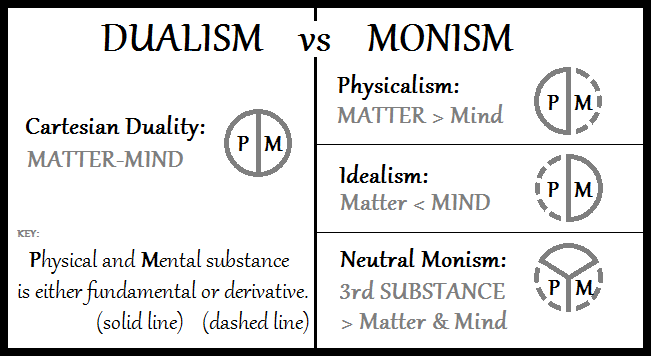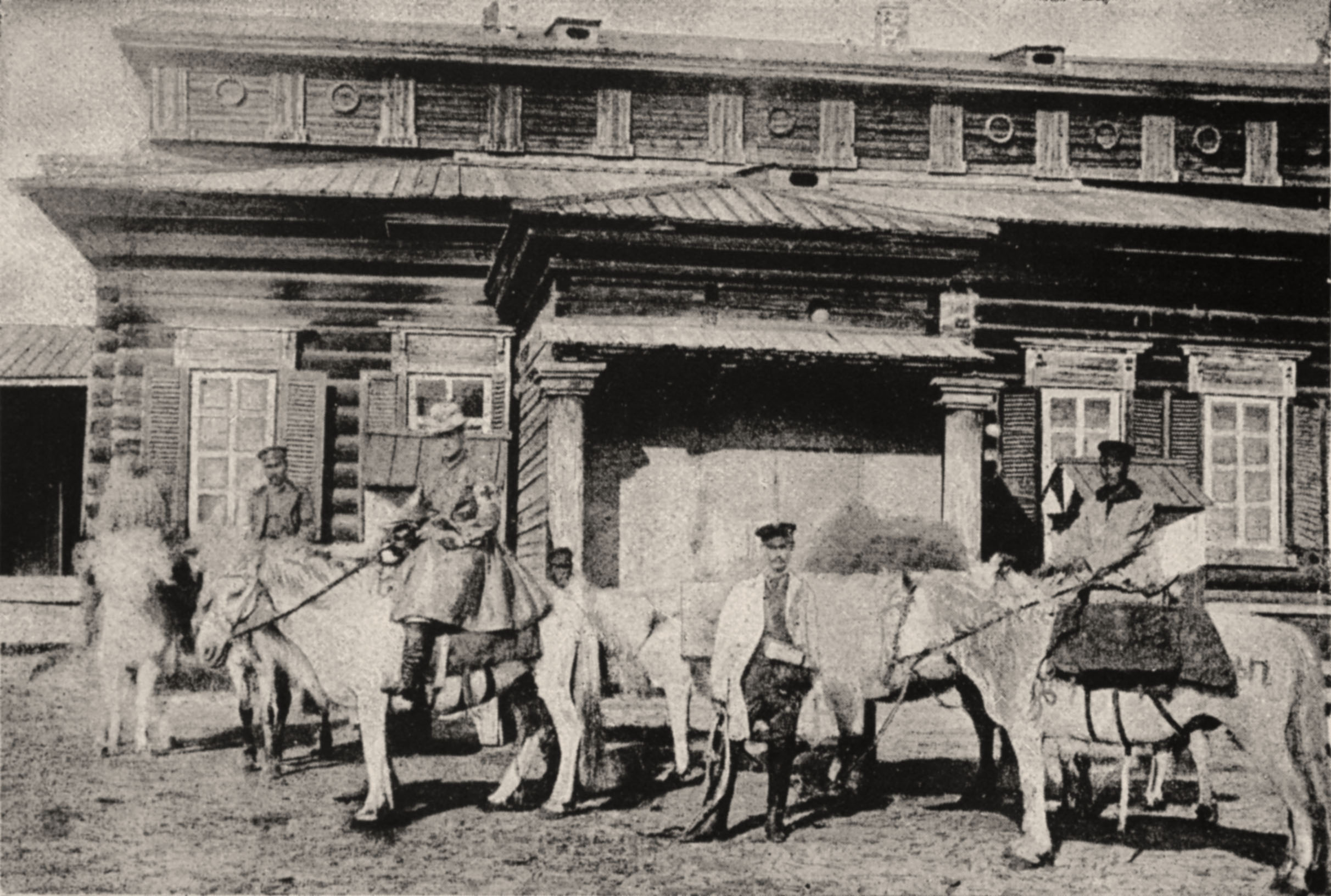|
Neo-shamanism
Neoshamanism refers to new forms of shamanism. It usually means shamanism practiced by Western people as a type of New Age spirituality, without a connection to traditional shamanic societies. It is sometimes also used for modern shamanic rituals and practices which, although they have some connection to the traditional societies in which they originated, have been adapted somehow to modern circumstances. This can include "shamanic" rituals performed as an exhibition, either on stage or for shamanic tourism, as well as modern derivations of traditional systems that incorporate new technology and worldviews. History The origin of neoshamanic movements has been traced to the second half of the twentieth century, especially to counterculture movements and post-modernism. Three writers in particular are seen as promoting and spreading ideas related to shamanism and neoshamanism: Mircea Eliade, Carlos Castaneda, and Michael Harner. In 1951, Mircea Eliade popularized the idea of the sham ... [...More Info...] [...Related Items...] OR: [Wikipedia] [Google] [Baidu] |
Michael Harner
Michael James Harner (April 27, 1929 – February 3, 2018) was an anthropologist, educator and author. His 1980 book, ''The Way of the Shaman: a Guide to Power and Healing,''Harner, Michael (1980) ''The Way of the Shaman''. San Francisco: Harper & Row. Third edition, 1990. has been foundational in the development and popularization of Core Shamanism as a path of personal development for adherents of neoshamanism.Noel, Daniel C. (1997) ''Soul Of Shamanism: Western Fantasies, Imaginal Realities.'' Continuum. He also founded the Foundation for Shamanic Studies. Career Harner was born in Washington, D.C. in 1929. He initially worked in the field of archaeology, including studying the Lower Colorado River area.E.g., Kroeber, A.L., and Michael J. Harner. (1955) "Mohave Pottery", ''Anthropological Records'', Berkeley: University of California. As a graduate student in 1956-57 he undertook field research on the culture of the Jívaro (Shuar) people of the Ecuadorian Amazon and began to ... [...More Info...] [...Related Items...] OR: [Wikipedia] [Google] [Baidu] |
Neopagan
Modern paganism, also known as contemporary paganism and neopaganism, is a term for a religion or family of religions influenced by the various historical pre-Christian beliefs of pre-modern peoples in Europe and adjacent areas of North Africa and the Near East. Although they share similarities, contemporary pagan movements are diverse, and do not share a single set of beliefs, practices, or texts. Scholars of religion may characterise these traditions as new religious movements. Some academics who study the phenomenon treat it as a movement that is divided into different religions while others characterize it as a single religion of which different pagan faiths are denominations. Because of these different approaches there is disagreement on when or if the term ''pagan'' should be capitalized, though specialists in the field of pagan studies tend towards capitalisation. Prominent modern pagan religions include Wicca, Druidry, Heathenry, Rodnovery, and the Goddess m ... [...More Info...] [...Related Items...] OR: [Wikipedia] [Google] [Baidu] |
Shamanism
Shamanism is a religious practice that involves a practitioner (shaman) interacting with what they believe to be a Spirit world (Spiritualism), spirit world through Altered state of consciousness, altered states of consciousness, such as trance. The goal of this is usually to direct Non-physical entity, spirits or Energy (esotericism), spiritual energies into the physical world for the purpose of healing, divination, or to aid human beings in some other way. Beliefs and practices categorized as "shamanic" have attracted the interest of scholars from a variety of disciplines, including anthropologists, archeologists, historians, religious studies scholars, philosophers and psychologists. Hundreds of books and Academic publishing#Scholarly paper, academic papers on the subject have been produced, with a peer-reviewed academic journal being devoted to the study of shamanism. In the 20th century, non-Indigenous Peoples, Indigenous Westerners involved in countercultural movements, ... [...More Info...] [...Related Items...] OR: [Wikipedia] [Google] [Baidu] |
Metaphysical
Metaphysics is the branch of philosophy that studies the fundamental nature of reality, the first principles of being, identity and change, space and time, causality, necessity, and possibility. It includes questions about the nature of consciousness and the relationship between mind and matter, between substance and attribute, and between potentiality and actuality. The word "metaphysics" comes from two Greek words that, together, literally mean "after or behind or among he study ofthe natural". It has been suggested that the term might have been coined by a first century CE editor who assembled various small selections of Aristotle's works into the treatise we now know by the name ''Metaphysics'' (μετὰ τὰ φυσικά, ''meta ta physika'', 'after the ''Physics'' ', another of Aristotle's works). Metaphysics studies questions related to what it is for something to exist and what types of existence there are. Metaphysics seeks to answer, in an abstract and ... [...More Info...] [...Related Items...] OR: [Wikipedia] [Google] [Baidu] |
American Anthropological Association
The American Anthropological Association (AAA) is an organization of scholars and practitioners in the field of anthropology. With 10,000 members, the association, based in Arlington, Virginia, includes archaeologists, cultural anthropologists, biological (or physical) anthropologists, linguistic anthropologists, linguists, medical anthropologists and applied anthropologists in universities and colleges, research institutions, government agencies, museums, corporations and non-profits throughout the world. The AAA publishes more than 20 peer-reviewed scholarly journals, available in print and online through AnthroSource. The AAA was founded in 1902. History The first anthropological society in the US was the American Ethnological Society of New York, which was founded by Albert Gallatin and revived in 1899 by Franz Boas after a hiatus. 1879 saw the establishment of the Anthropological Society of Washington (which first published the journal ''American Anthropologist'', before ... [...More Info...] [...Related Items...] OR: [Wikipedia] [Google] [Baidu] |
Anthropology Of Consciousness
Anthropology is the scientific study of humanity, concerned with human behavior, human biology, cultures, societies, and linguistics, in both the present and past, including past human species. Social anthropology studies patterns of behavior, while cultural anthropology studies cultural meaning, including norms and values. A portmanteau term sociocultural anthropology is commonly used today. Linguistic anthropology studies how language influences social life. Biological or physical anthropology studies the biological development of humans. Archaeological anthropology, often termed as 'anthropology of the past', studies human activity through investigation of physical evidence. It is considered a branch of anthropology in North America and Asia, while in Europe archaeology is viewed as a discipline in its own right or grouped under other related disciplines, such as history and palaeontology. Etymology The abstract noun ''anthropology'' is first attested in reference to ... [...More Info...] [...Related Items...] OR: [Wikipedia] [Google] [Baidu] |
Ayahuasca
AyahuascaPronounced as in the UK and in the US. Also occasionally known in English as ''ayaguasca'' ( Spanish-derived), ''aioasca'' (Brazilian Portuguese-derived), or as ''yagé'', pronounced or . Etymologically, all forms but ''yagé'' descend from the compound Quechua word ''ayawaska'', from ''aya'' () and ''waska'' (). For more names for ayahuasca, see § Nomenclature. is a South AmericanGoldin D., Salani D. "Ayahuasca: What Healthcare Providers Need to Know". ''J. Addict. Nurs..'' 2021;32(2):167-173. . psychoactive and entheogenic brewed drink traditionally used both socially and as a ceremonial or shamanic spiritual medicine among the indigenous peoples of the Amazon basin, and more recently in Western society. The tea causes altered states of consciousness often known as " psychedelic experiences" which include visual hallucinations and altered perceptions of reality. Ayahuasca is commonly made from the '' Banisteriopsis caapi'' vine, the '' Psychotria viridis'' shrub ... [...More Info...] [...Related Items...] OR: [Wikipedia] [Google] [Baidu] |
Yakutsk
Yakutsk (russian: Якутск, p=jɪˈkutsk; sah, Дьокуускай, translit=Djokuuskay, ) is the capital city of the Sakha Republic, Russia, located about south of the Arctic Circle. Fueled by the mining industry, Yakutsk has become one of Russia's most rapidly growing regional cities, with a population of 355,443 at the 2021 Census. Yakutsk — where the average annual temperature is , winter high temperatures are consistently well below , and the record low is ,Погода в Якутске. Температура воздуха и осадки. Июль 2001 г. (in Russian) — is the coldest city in the world. Yakutsk is also the largest city located in [...More Info...] [...Related Items...] OR: [Wikipedia] [Google] [Baidu] |
Initiation
Initiation is a rite of passage marking entrance or acceptance into a group or society. It could also be a formal admission to adulthood in a community or one of its formal components. In an extended sense, it can also signify a transformation in which the initiate is 'reborn' into a new role. Examples of initiation ceremonies might include Christian baptism or confirmation, Jewish bar or bat mitzvah, acceptance into a fraternal organization, secret society or religious order, or graduation from school or recruit training. A person taking the initiation ceremony in traditional rites, such as those depicted in these pictures, is called an ''initiate''. See also rite of passage. Characteristics William Ian Miller notes the role of ritual humiliation in comic ordering and testing. Mircea Eliade discussed initiation as a principal religious act by classical or traditional societies. He defined initiation as "a basic change in existential condition", which liberates man fro ... [...More Info...] [...Related Items...] OR: [Wikipedia] [Google] [Baidu] |
University Of Nebraska Press
The University of Nebraska Press, also known as UNP, was founded in 1941 and is an academic publisher of scholarly and general-interest books. The press is under the auspices of the University of Nebraska–Lincoln, the main campus of the University of Nebraska system. UNP publishes primarily non-fiction books and academic journals, in both print and electronic editions. The press has particularly strong publishing programs in Native American studies, Western American history, sports, world and national affairs, and military history. The press has also been active in reprinting classic books from various genres, including science fiction and fantasy. Since its inception, UNP has published more than 4,000 books and 30 journals, adding another 150 new titles each year, making it the 12th largest university press in the United States. Since 2010, two of UNP's books have received the Bancroft Prize, the highest honor bestowed on history books in the U.S. History UNP began in Nov ... [...More Info...] [...Related Items...] OR: [Wikipedia] [Google] [Baidu] |
Sweat Lodge
A sweat lodge is a low profile hut, typically dome-shaped or oblong, and made with natural materials. The structure is the ''lodge'', and the ceremony performed within the structure may be called by some cultures a purification ceremony or simply a sweat. Traditionally the structure is simple, constructed of saplings covered with blankets and sometimes animal skins. Originally, it was only used by some of the Indigenous peoples of the Americas, notably the Plains Indians, but with the rise of pan-Indianism, numerous nations that did not originally have the sweat lodge ceremony have adopted it. This has been controversial. In all cases, the sweat is intended as a spiritual ceremony – it is for prayer and healing, and the ceremony is only to be led by elders who know the associated language, songs, traditions, and safety protocols. Otherwise, the ceremony can be dangerous if performed improperly. Sweat lodges have also been imitated by some non-natives in North America an ... [...More Info...] [...Related Items...] OR: [Wikipedia] [Google] [Baidu] |





.jpg)
